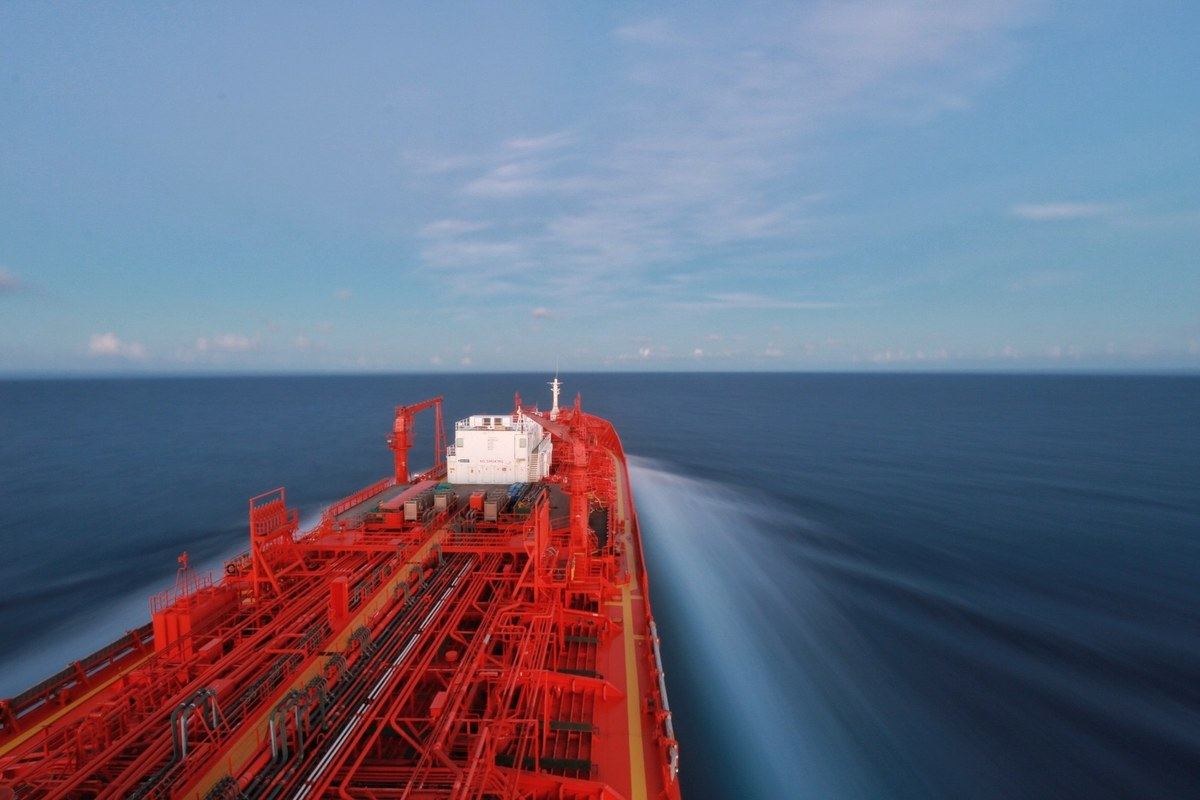We live on a blue planet, with oceans and seas covering more than 70% of the earth’s surface. Oceans feed us, regulate our climate, and generate most of the oxygen we breathe. But growing threats such as marine pollution, sea-level rising and over-fishing damage the oceans.
The oceans are vital for sharing resources and fueling trade in all industries. We are dependent on the seas, and determined to do our part in securing a sustainable management of this essential global resource.
As one of the first industry signatories of the Sustainable Ocean Principles, we commit to take action to prevent pollution, manage our use of marine resources to ensure long-term sustainability, and be transparent about our ocean-related activities and impact.
EU Taxonomy
In April 2021, the European Commission approved, in principle, the first two sets of technical screening criteria (climate change mitigation and adaption), establishing which economic activities can qualify as environmentally sustainable under the EU Taxonomy.
The Taxonomy Regulation sets out four overarching criteria for environmentally sustainable economic activities. For the purposes of establishing the degree to which an investment is environmentally sustainable, an economic activity shall qualify as environmentally
sustainable when it:
- Contributes substantially to one or more of the environmental objectives
- Does not significantly harm any of the environmental objectives
- Is carried out in compliance with the minimum safeguards
- Complies with technical screening criteria
Odfjell’s shipping activity is covered under 'Sea and Coastal Freight' technical screening criteria. The screening criteria are comprehensive and contain several terms relating to maritime transport. Technical screening criteria for terminals are not yet developed.
Odfjell has one of the world's most energy-efficient chemical tanker fleets. However, Odfjell interpret that we will not meet the screening criteria for marine transport, as it will require ships to operate with zero emissions. There are ships that technically could meet the criterias in a transition period, but we cannot say our deep-sea operations will meet the criterias.
Odfjell meets all taxonomy screening criteria, except the criteria for climate mitigation. As there are no criteria for terminals yet, Odfjell’s activity cannot be classified as green under the EU Taxonomy criteria. For our EU Taxonomy reporting please see here.
- Revenue aligned with the EU taxonomy: 0%
- Capital expenditure (CapEx) aligned with the EU taxonomy: 0%
- Operating expenses (OpEx) aligned with the EU taxonomy: 0%
